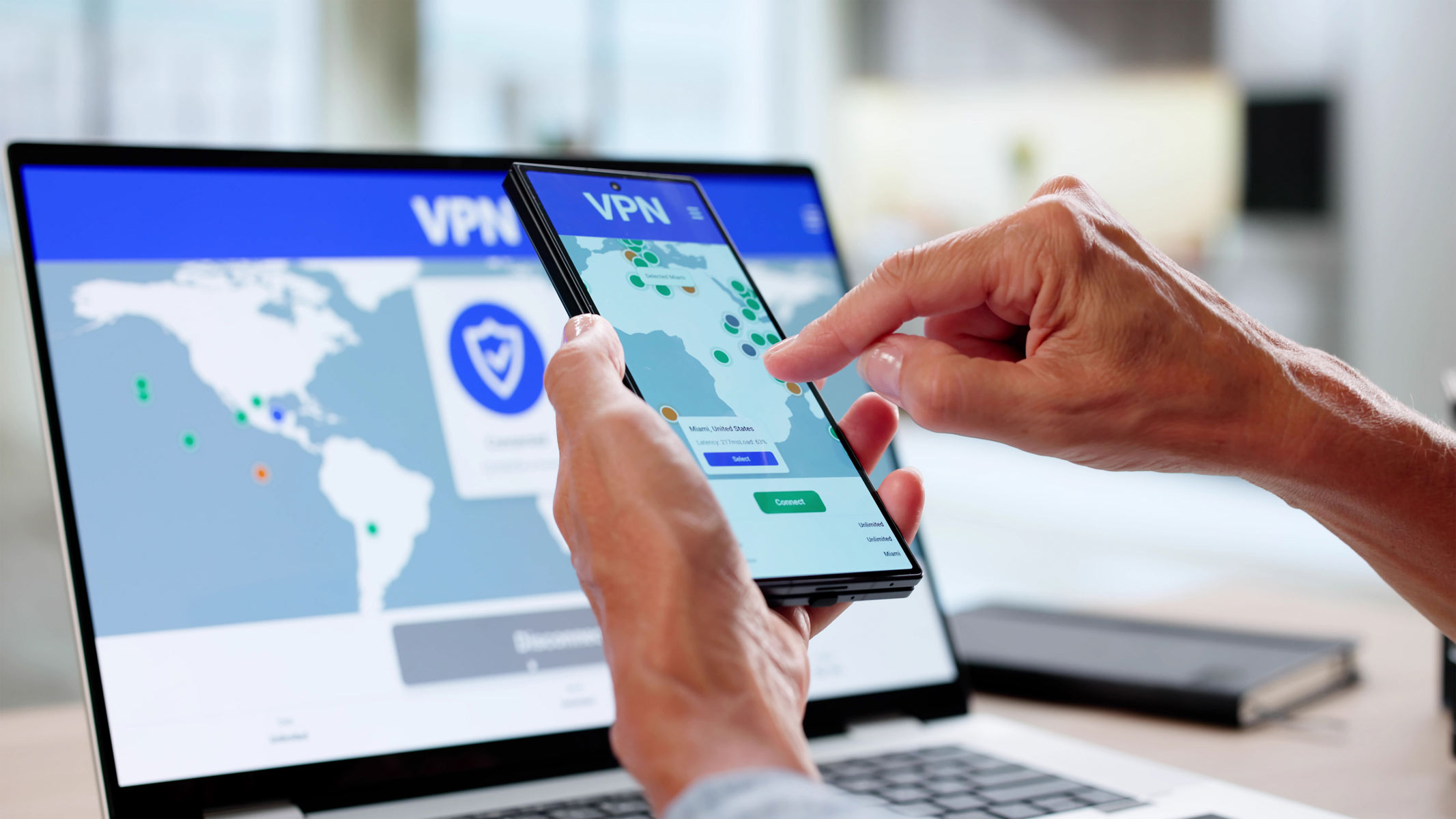Here's what to see in the night sky while you're stuck at home
While everyone is staying safe and doing what they can to cope with the coronavirus pandemic, we at Space.com have a list of astronomy activities you can do from your own backyard or balcony. All you need is your own eyes, a bit of time and a spot to stand outdoors, even just beside your living quarters. We hope this will help you find activities to do while waiting out the quarantine.
If you're preparing to view the night sky, here are a few cheap tips to help. First, bundle up warmly, especially if you live in cooler climates. It can get chilly at night, even if we're already in spring in the Northern Hemisphere.
Then, give your eyes 15 to 20 minutes to adjust to the night sky; even in light-polluted areas, this will make a difference. If you need to use a flashlight to view a star map or adjust equipment, try to tape something red over it (such as red construction paper or red foil). The same goes for phone screens, for which you can download a red filter app to reduce glare.
- How to see the best meteor showers of 2020
- Night sky, April 2020: What you can see this month [maps]
- The brightest planets in April's night sky: How to see them (and when)
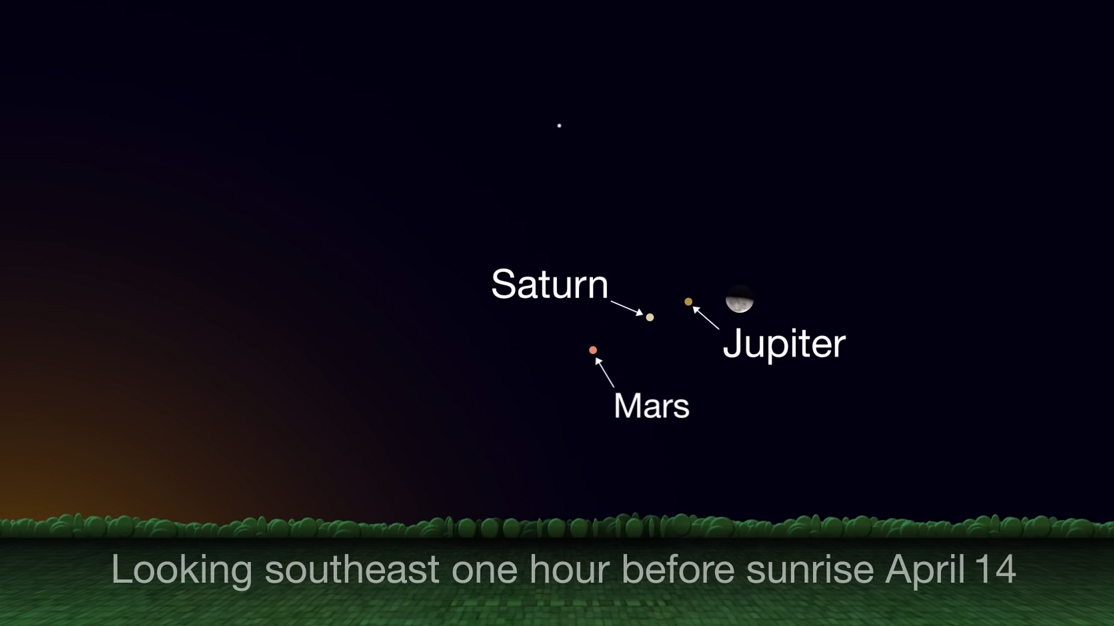
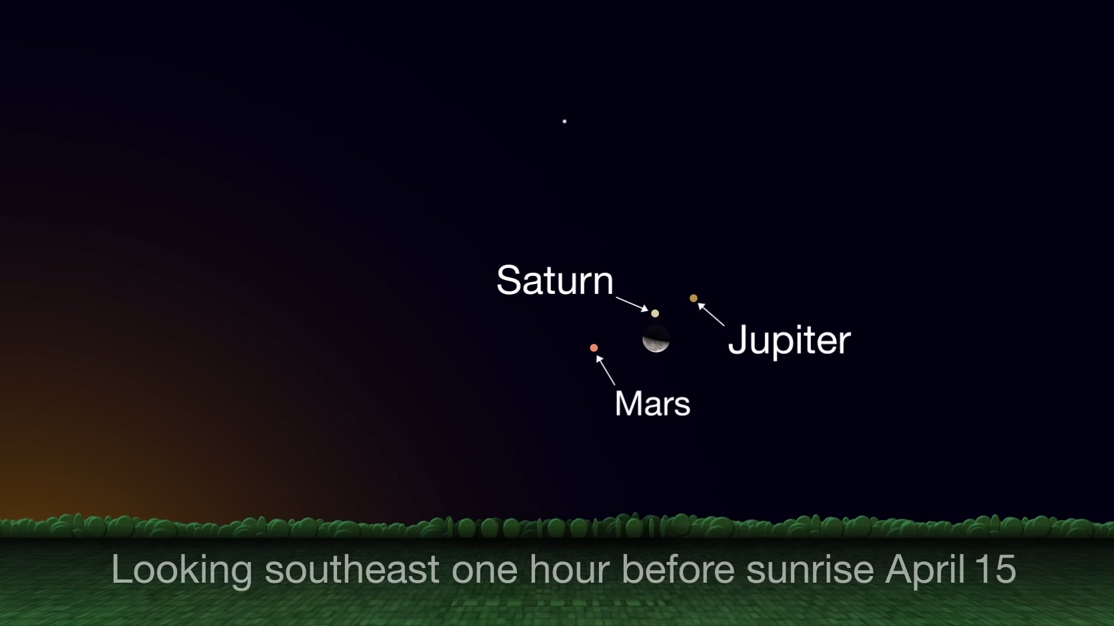
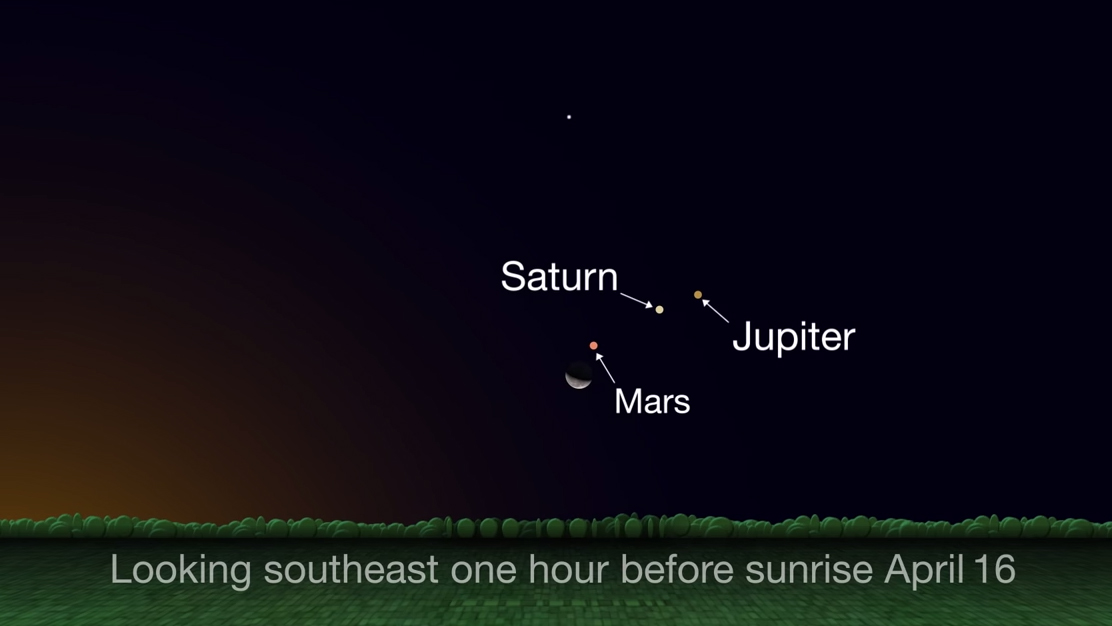
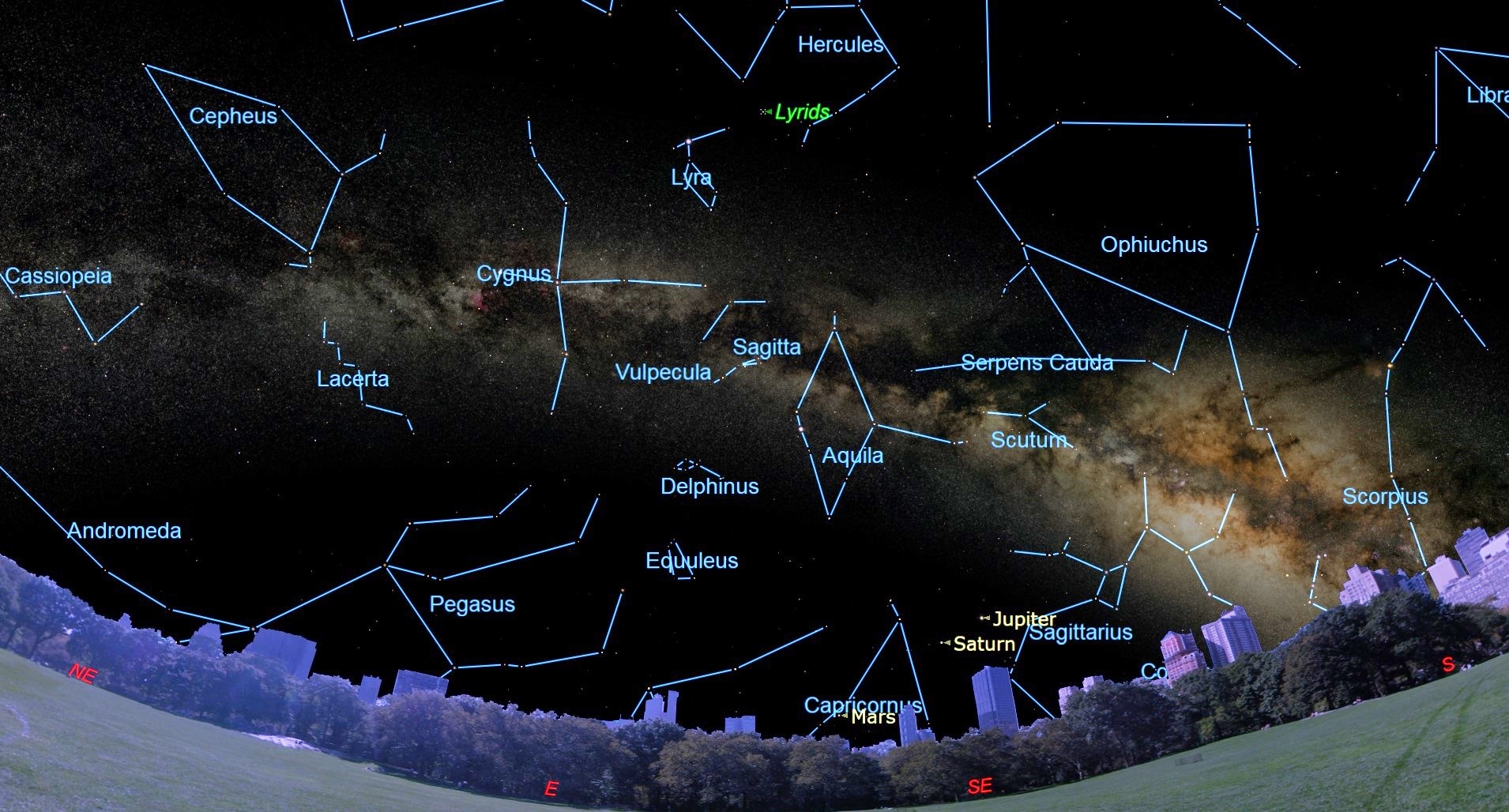
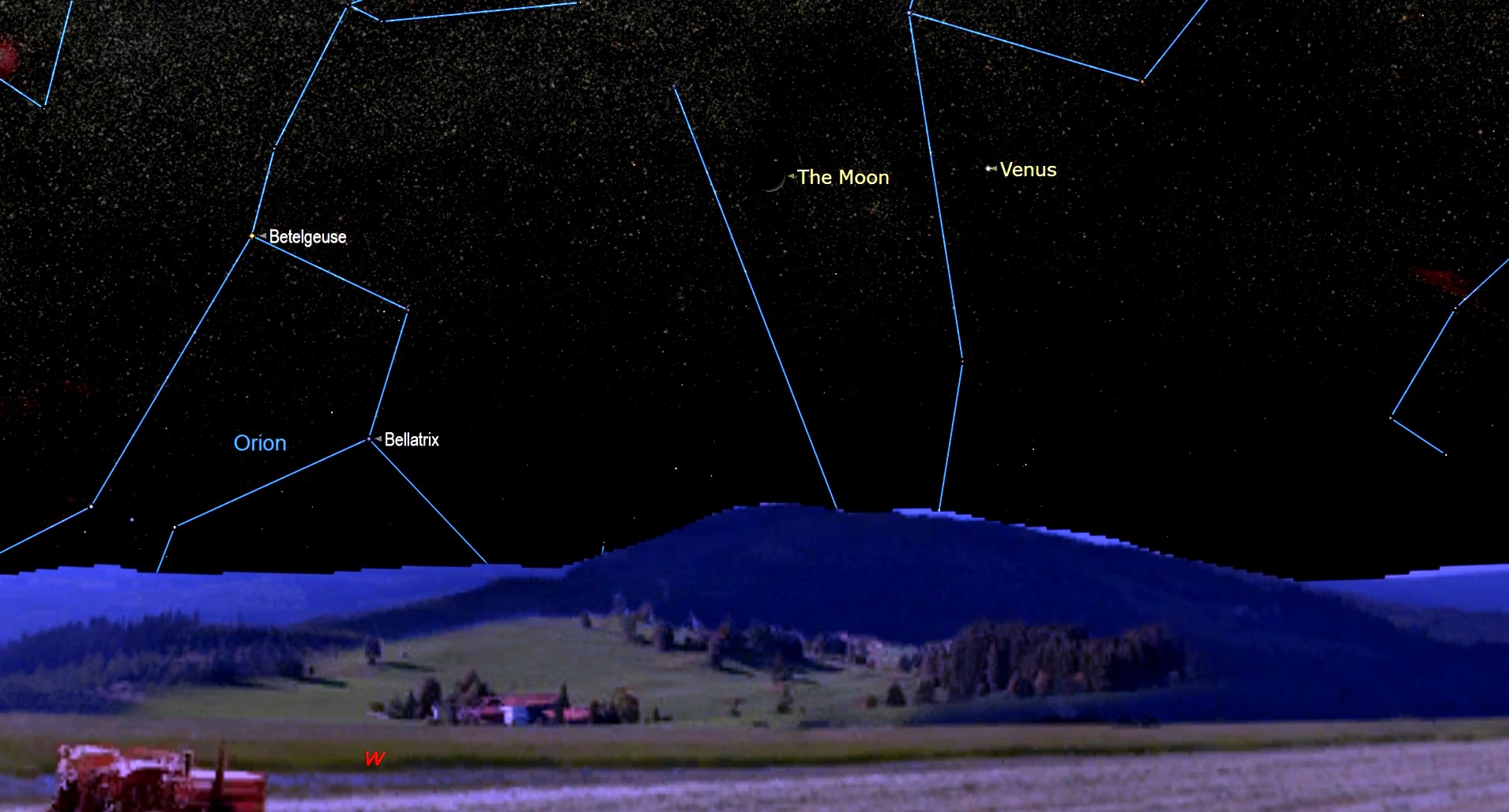
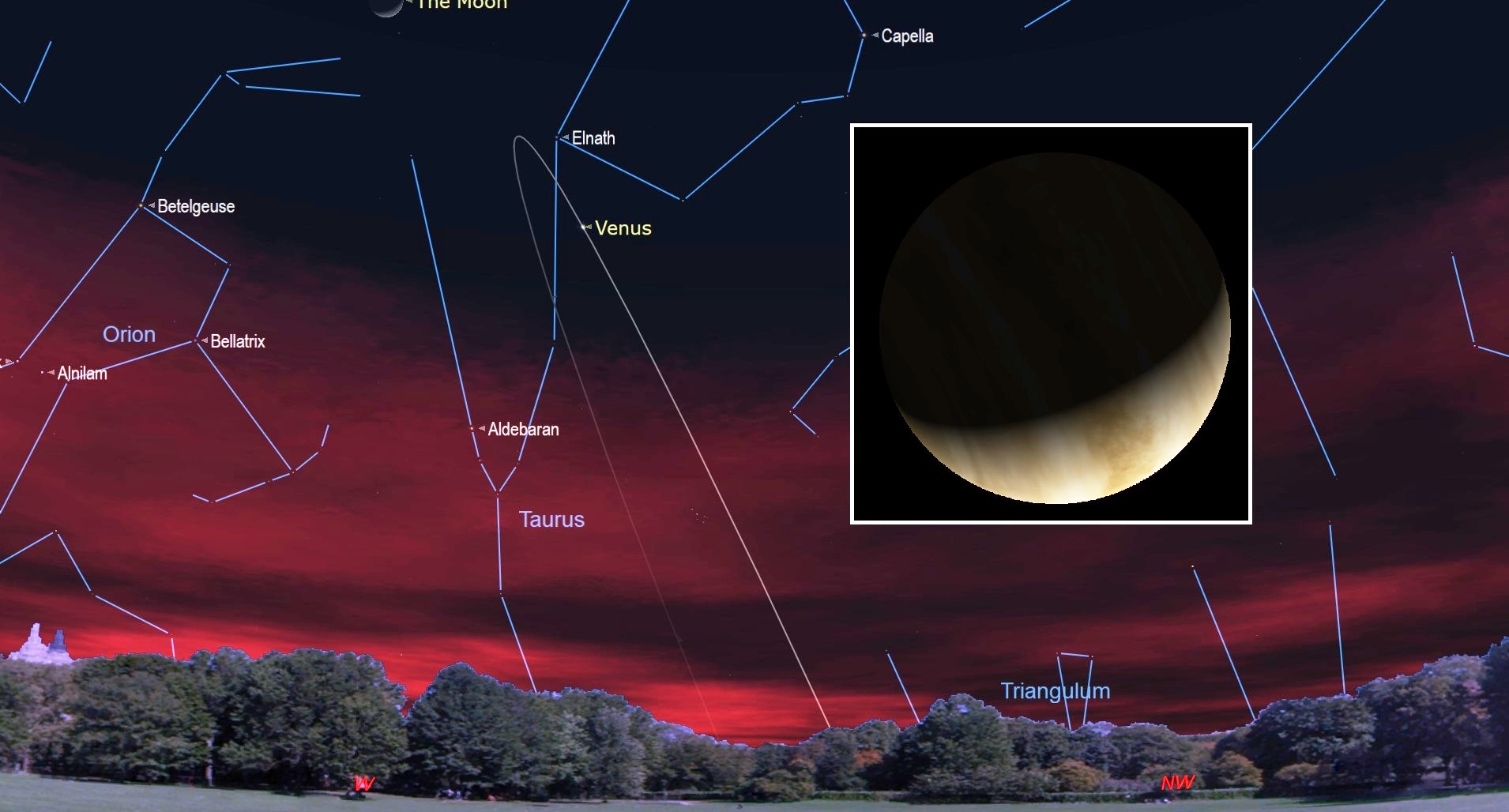
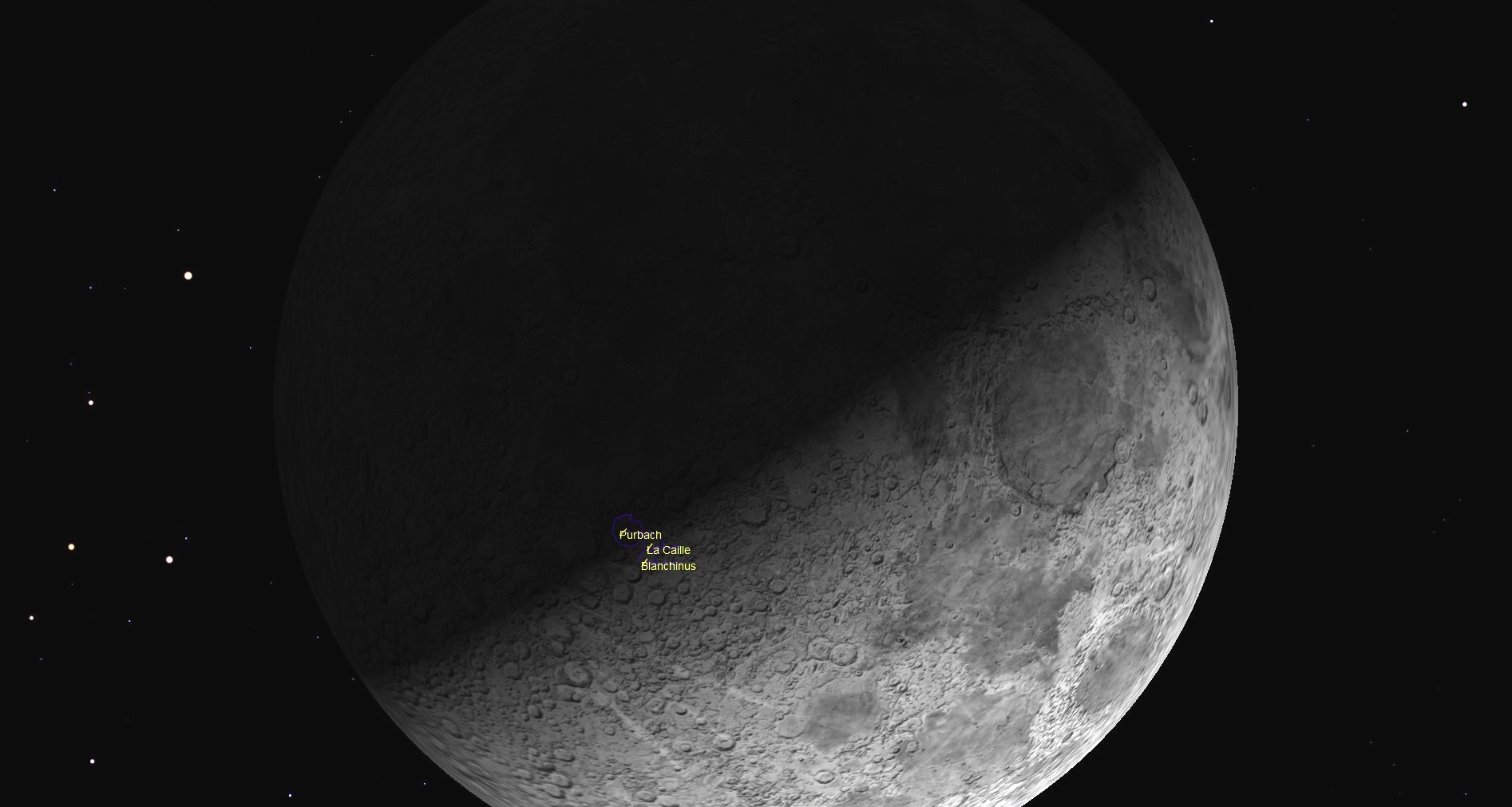
In-the-Sky.org has a host of free resources for your astronomy adventures that you can customize to your location. One of the first things you'll want to download (and print, if you can) is a night-sky chart showing what is outside in your backyard. To orient yourself in the sky, you can either use a compass or pick a very easily findable constellation (such as the Big Dipper in the Northern Hemisphere) to figure out where you are. You can also use the site to search for planets and other celestial objects and to check your weather forecast.
The Space.com visible planet guide for April gives details on all the planetary movements for this month. Venus, Mars, Jupiter and Saturn are all easily visible without any special equipment, although skywatchers with a telescope can see, for example, Saturn's rings or Jupiter's moons.
If a more general night-sky view is what you're after, Space.com has you covered there too. If you look ahead to interesting alignments in the next week, you can man see Mars, Jupiter and Saturn with the moon on April 14. A day later, on April 15, the moon will appear close to Saturn, with Jupiter and Mars still visible. In fact, Mars, Jupiter and Saturn are visible in the night sky all week starting April 14.
Comet ATLAS, a comet with much promise for late April, was slated to brighten greatly in late April. It may be breaking apart now, according to some reports.
Breaking space news, the latest updates on rocket launches, skywatching events and more!
The Lyrid meteor shower of 2020 will peak before dawn on April 22. This meteor shower is made up of the remains of the Comet Thatcher and could produce up to 18 meteors an hour for observers in the darkest locations. Normally, you have to work hard to get away from city lights for a meteor shower, but social distancing requirements amid the coronavirus pandemic may make that a challenge.
In late April, A few more sky sights could catch your eye.
On April 26, the crescent moon will shine with Venus. A day later, the moon can be seen with the dazzling star cluster Messier 35.
Venus, the evening planet will also shine at its brightest on April 27. Two days later, on April 29, two events occur that may be worth looking up. First, a feature on the emoon known as Lunar X will be visible in binoculars and backyard telescopes. This is an X-shaped feature that is created when the craters of Parbach, la Caille, and Blanchinus are lit up by sunlight from a certain angle.
Also that day, the huge asteroid 1998 OR2 will safely by Earth at a distance 3.9 million miles (6.2 million kilometers). This asteroid won't hit Earth, but will make a great target for advanced skywatchers with telescopes. It won't be visible to the unaided eye.
And there you have it, a wealth of skywatching events to help tide you over while your' stuck at home. Happy stargazing and keep looking up!
- Best night sky events of April 2020 (stargazing maps)
- Night sky, April 2020: What you can see this month [maps]
- The brightest planets in April's night sky: How to see them (and when)
Follow Elizabeth Howell on Twitter @howellspace. Follow us on Twitter @Spacedotcom and on Facebook.
OFFER: Save 45% on 'All About Space' 'How it Works' and 'All About History'!
For a limited time, you can take out a digital subscription to any of our best-selling science magazines for just $2.38 per month, or 45% off the standard price for the first three months.

Elizabeth Howell (she/her), Ph.D., was a staff writer in the spaceflight channel between 2022 and 2024 specializing in Canadian space news. She was contributing writer for Space.com for 10 years from 2012 to 2024. Elizabeth's reporting includes multiple exclusives with the White House, leading world coverage about a lost-and-found space tomato on the International Space Station, witnessing five human spaceflight launches on two continents, flying parabolic, working inside a spacesuit, and participating in a simulated Mars mission. Her latest book, "Why Am I Taller?" (ECW Press, 2022) is co-written with astronaut Dave Williams.

